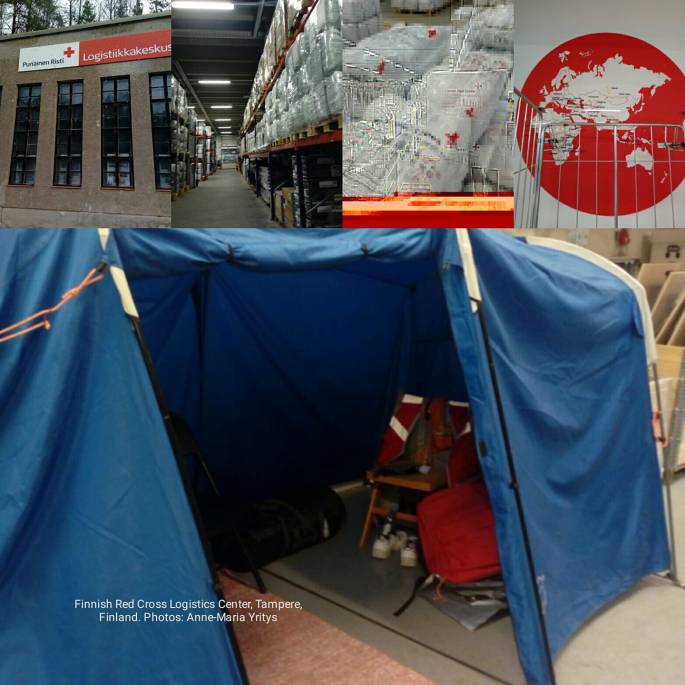Climate change knows no national borders.
– Former UN Secretary-General Ban Ki-moon
Why has climate change become a humanitarian crisis?
Here are some of the facts:
- According to the Internal Displacement Monitoring Centre (IDMC 2019), in 2018 alone more than 17 million (17.000.000) people in 144 countries and territories were internally displaced due to disaster within their own home country.
- Between 2008-2018, over 265 million (265.000.000) people were internally displaced because of disasters.
- The UNHCR (United Nations Refugee Agency) states that most displacements due to climate change are currently internal, although the amount of climate or environmental migrants may increase drastically due to climate change.
- According to some estimations, by 2050 the amount of climate or environmental migrants may be as high as one billion (1.000.000.000) people due to natural disasters and weather-related catastrophes such as drought, floods, or severe storms that in the worst case can lead to famine.
Climate change is a humanitarian crisis. Currently, 108 million (108.000.000) people worldwide need humanitarian aid each year due to catastrophes caused by climate change, including extreme weather events such as drought, floods, and severe storms (hurricanes) or even tsunamis.
Many international organizations worldwide are prepared to help when it comes to climate change and humanitarian crisis. For instance the IFRC (International Federation of Red Cross and Red Crescent Societies), founded in Switzerland in 1919 by Henry Dunant, has a voluntary base of 14 million (14.000.000) people in 190 countries worldwide. Red Cross volunteers around the world help those in need both before, during and after catastrophes.
The Red Cross identifies following elements to moderate climate change:
- Minimizing greenhouse gas emissions
- Circular economies
- Carbon neutral energy (markets)
- Carbon neutral transportation
- Desired technological breakthroughs
The Red Cross identifies following consequences of climate change:
- Storm destruction
- Extreme temperatures
- Sea levels rising
- Drought
- Plunging rain
- Disruptions in food production
- Scarce resources
- Disruptions in environmental parameters
The Red Cross identifies following reflections of the consequences of climate change:
- Water crisis
- Nutrition crisis
- Health crisis
- Embrittlement or breakdown of states
- Crisis in international multilateral system
- Migration of people
- Resource conflicts
- Other conflicts
I recently visited the Finnish Red Cross logistics center in Tampere, Finland, together with a group of climate influencers and FRC volunteers, to learn more about the catastrophe work of the Finnish Red Cross. As a Finnish Red Cross member and active volunteer, much of the organization’s work was already familiar to me. Visiting the logistics center with the group of climate influencers, however, gave me some new perspectives on the importance of disaster preparedness work of the Finnish Red Cross. The organization is continuously aiding those in need both domestically and internationally.
Some of the Finnish Red Cross international work includes sending clothing aid to selected countries worldwide, and sending field hospitals along with aid staff to catastrophe regions upon aid requests from the country in need of humanitarian assistance. We discussed the role of the Finnish Red Cross and the IFRC in terms of aiding those affected by catastrophes both domestically and internationally. Long-term Finnish Red Cross staff and international delegates shared their expertise and experiences with us, from arranging logistics to actually spending even long periods of time as an aid worker (delegate) in a specific catastrophe area.

